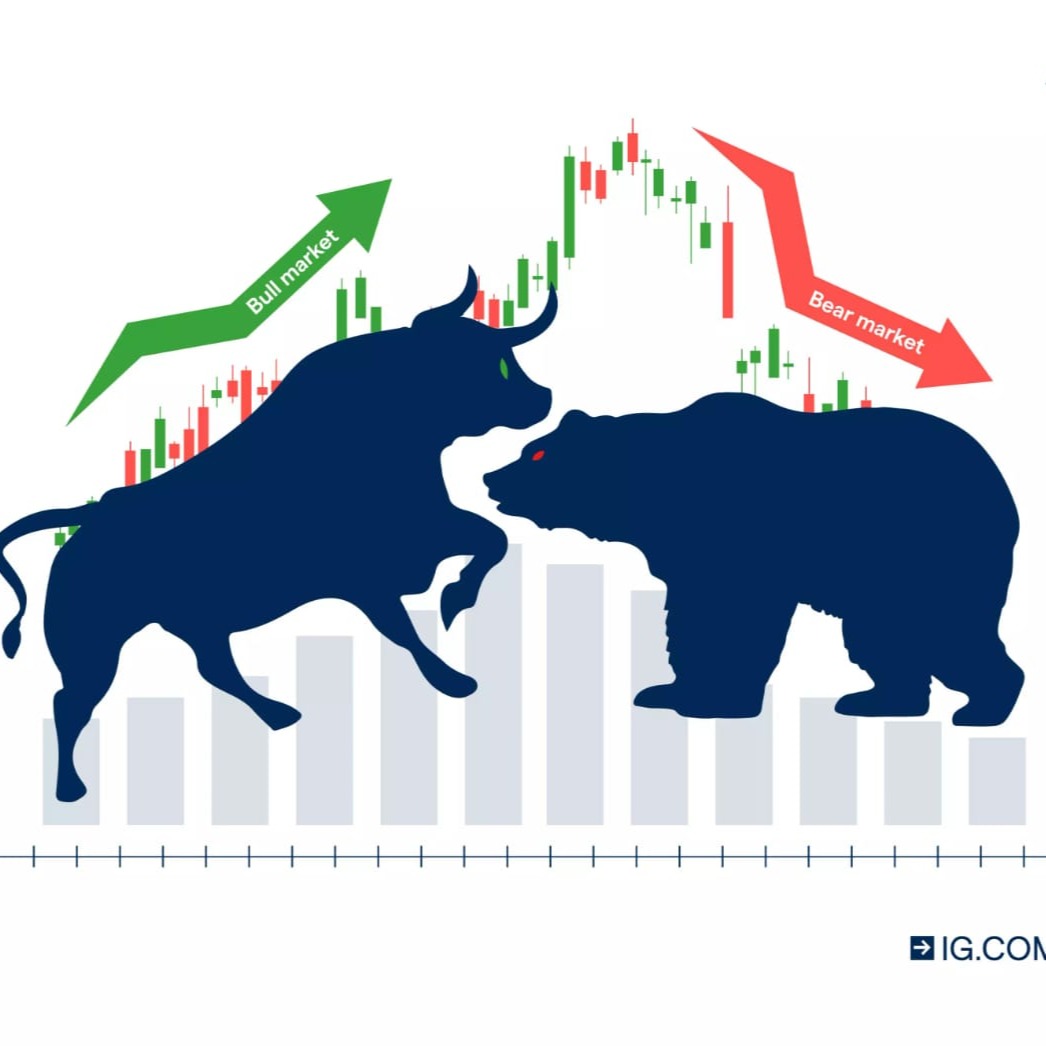
Deep AIの価格DEEP
JPY
未上場
¥0.005634JPY
-5.60%1D
Deep AI(DEEP)の価格は日本円では¥0.005634 JPYになります。
最終更新:2025-12-11 18:00:35(UTC+0)
DEEPからJPYへの交換
DEEP
JPY
1 DEEP = 0.005634 JPY。現在の1 Deep AI(DEEP)からJPYへの交換価格は0.005634です。このレートはあくまで参考としてご活用ください。
Bitgetは、主要取引プラットフォームの中で最も低い取引手数料を提供しています。VIPレベルが高ければ高いほど、より有利なレートが適用されます。
Deep AIの市場情報
価格の推移(24時間)
24時間
24時間の最低価格:¥0.0124時間の最高価格:¥0.01
過去最高値(ATH):
¥1.02
価格変動率(24時間):
-5.60%
価格変動率(7日間):
-8.65%
価格変動率(1年):
-46.10%
時価総額順位:
#6096
時価総額:
--
完全希薄化の時価総額:
--
24時間取引量:
--
循環供給量:
-- DEEP
最大供給量:
--
総供給量:
999.84M DEEP
流通率:
0%
現在のDeep AI価格(JPY)
現在、Deep AIの価格は¥0.005634 JPYで時価総額は¥0.00です。Deep AIの価格は過去24時間で5.60%下落し、24時間の取引量は¥0.00です。DEEP/JPY(Deep AIからJPY)の交換レートはリアルタイムで更新されます。
1 Deep AIは日本円換算でいくらですか?
現在のDeep AI(DEEP)価格は日本円換算で¥0.005634 JPYです。現在、1 DEEPを¥0.005634、または1,774.86 DEEPを¥10で購入できます。過去24時間のDEEPからJPYへの最高価格は¥0.005911 JPY、DEEPからJPYへの最低価格は¥0.005634 JPYでした。
Deep AIの価格は今日上がると思いますか、下がると思いますか?
総投票数:
上昇
0
下落
0
投票データは24時間ごとに更新されます。これは、Deep AIの価格動向に関するコミュニティの予測を反映したものであり、投資アドバイスと見なされるべきではありません。
今日のDeep AIの価格の他にも以下を検索できます。
Deep AI(DEEP)の購入方法Deep AI(DEEP)の売却方法Deep AI(DEEP)とはDeep AI(DEEP)を購入していたらどうなっていたでしょうか?今年、2030年、2050年のDeep AI(DEEP)の価格予測は?Deep AI(DEEP)の過去の価格データはどこでダウンロードできますか?本日の類似の暗号資産の価格は?暗号資産をすぐに入手したいですか?
クレジットカードで暗号資産を直接購入しよう。現物プラットフォームでさまざまな暗号資産を取引してアービトラージを行おう。以下の情報が含まれています。Deep AIの価格予測、Deep AIのプロジェクト紹介、開発履歴など。Deep AIについて深く理解できる情報をご覧いただけます。
Deep AIの価格予測
DEEPの買い時はいつですか? 今は買うべきですか?それとも売るべきですか?
DEEPを買うか売るかを決めるときは、まず自分の取引戦略を考える必要があります。長期トレーダーと短期トレーダーの取引活動も異なります。BitgetDEEPテクニカル分析は取引の参考になります。
DEEP4時間ごとのテクニカル分析によると取引シグナルは売却です。
DEEP1日ごとのテクニカル分析によると取引シグナルは売れ行き好調です。
DEEP1週間ごとのテクニカル分析によると取引シグナルは売却です。
Bitgetインサイト

BGUSER-SNXYLE69
2025/10/02 04:50
friends
$DEEP its my opinion 1$ and 10$ 😜 so what's ur opinion ? comment now 0.12
DEEP-2.65%

ScalpingX
2025/09/29 08:33
$DEEP - Mcap 426,44M$ - 88%/ 43,4K votes Bullish
SC02 M5 - pending Long order. Entry is within HVN + not affected by any weak zone, estimated stop-loss around 1.47%. The uptrend is in the 199th cycle, advance amplitude 11.85%.
#TradingSetup #CryptoInsights
DEEP-2.65%

Jahanzaib_Gondal
2025/09/18 04:25
$ZKC: Game Time. Analyzing the New $ZKC Power on Bitget.
Subtitle: The buzzer beater has sounded. $ZKC the native token for the elite zkSync ecosystem, is now live for trading on Bitget. We break down the pre-game analysis and the potential plays ahead.
Let's get straight to the scouting report.
The Player: Who is $ZKC?
$ZKC isn't just another name on the roster. It's the utility token for zkSync Era, a top-tier Layer-2 blockchain using advanced zero-knowledge (ZK) proofs to scale Ethereum. Think of it as the fuel and the franchise player for a faster, cheaper Ethereum experience.
· Position: Utility Token / Ecosystem Driver
· Key Stats: Powers network security, pays gas fees via account abstraction, and governs the future of the zkSync protocol.
· Draft Position: Highly touted prospect with a strong technical foundation.
The Market: First Quarter Analysis
The opening minutes of a new listing are all about volatility and momentum. $ZKC is hitting the court with a few key advantages:
· Strong Bench (Ecosystem): zkSync isn't a rookie. It has a deep bench of DeFi apps, NFTs, and users already playing on its network. This isn't a build-from-scratch project.
· Crowd Hype (Demand): Launching on a major exchange like Bitget provides instant liquidity and access to a global audience of traders. Expect a high-volume opening.
· The Game Plan (Tokenomics): The token is designed to be used, not just held. Real utility creates real demand.
Key Resistance Level (The Defense to Break): $0.95 - $1.05 This is the first major test.A strong breakout above this zone on high volume could signal a run-up.
Key Support Level (The Home-Court Advantage): $0.65 - $0.75 This is the floor.Holding this level is critical for maintaining bullish momentum. A break below could see a retreat to find stronger support.
The Playbook: Price Prediction Scenarios
This is not financial advice. This is a game plan based on market mechanics.
· Bull Case (The Championship Run): If Bitcoin holds strong and the altcoin market rallies, $ZKC's unique narrative could make it a standout performer.
Short-term target: $1.50 - $2.00. This would require sustained buying pressure and overall market greed.
· Base Case (A Solid Season): The most likely scenario is consolidation after the initial listing frenzy. Price action chops between $0.80 and $1.20 as the market digests the initial supply and demand. This is healthy for long-term growth.
· Bear Case (An Off Night): If the broader crypto market sells off, all new listings are vulnerable. A break below key support could see a test of $0.50 or lower. This is a risk every trader must account for.
Final Buzzer: How to Play It
1. Watch the Volume: High volume on green candles = strong buying interest. Low volume on pumps = a potential fakeout.
2. Track BTC: If Bitcoin tanks, it's hard for any altcoin, especially a new one, to rally. Know the macro climate.
3. Manage Your Risk: This is a new, volatile asset. Size your position accordingly. Don't go all-in on the first play.
$ZKC is now live. The game is on.
BTC-2.22%
FUEL-2.96%

YASIRALICTRADER🌟
2025/09/18 03:13
📊🔥 BTC Exchange Reserves Drop to Multi-Year Lows: What It Means for Price Action
The Bitcoin market has just hit a critical milestone: exchange reserves are now at multi-year lows. This development is more than just a data point—it’s a powerful signal of shifting market dynamics, investor sentiment, and long-term price potential. For traders, institutions, and retail holders alike, this trend could reshape how Bitcoin behaves in the months ahead. Let’s dive deep into what this means. 🚀
---
✨ 📉 BTC Exchange Reserves Explained
What are Exchange Reserves?
Exchange reserves represent the total amount of Bitcoin held in wallets controlled by centralized exchanges.
Why it Matters?
When reserves drop, it typically means fewer coins are available for immediate selling, suggesting that investors are moving their BTC to cold storage for long-term holding.
---
🚀 🐂 Supply Shock in the Making?
With fewer coins on exchanges, liquidity shrinks.
A shrinking supply often leads to a supply-demand imbalance, which can trigger sharp upward movements in price when demand increases.
This pattern has historically aligned with bullish rallies, particularly when reserves hit extreme lows.
---
📊 On-Chain Data Insights
Multi-year lows in reserves reflect a trend similar to pre-bull market phases in previous cycles.
Large holders (whales) are accumulating and moving BTC to cold wallets.
Institutional-grade custodianship is on the rise, indicating growing long-term confidence.
---
⚡ Key Investor Takeaways
📉 Less BTC available to sell → Lower selling pressure.
📈 Higher probability of price appreciation as demand meets reduced supply.
🐋 Whale accumulation signals smart money positioning for the next leg up.
---
🌍 Broader Market Implications
A decline in reserves could reduce volatility in the short term, as panic selling becomes harder with fewer coins on exchanges.
Long-term, it may amplify bullish momentum if mainstream demand surges—especially with ETFs and institutional inflows accelerating.
This aligns perfectly with the “digital gold” narrative as more investors treat Bitcoin as a long-term store of value rather than a trading asset.
---
🔮 Outlook: What’s Next for BTC?
If exchange reserves continue falling, expect higher resistance to downside pressure.
Potential catalysts like ETF inflows, Fed policy shifts, and global liquidity trends could magnify the impact of low reserves.
The stage may be set for another historic BTC rally, with scarcity as the fuel and institutional adoption as the spark.
---
✅ Final Thoughts
The drop in BTC exchange reserves is not just a technical metric—it’s a macro signal. Investors are pulling Bitcoin off exchanges because they believe in its long-term potential. As reserves decline, the supply squeeze narrative strengthens, setting Bitcoin up for possible explosive price movements in the near future.
👉 In short: Low reserves = strong hands = bullish signal. 🐂🔥
---
BTC-2.22%
FUEL-2.96%
DEEPからJPYへの交換
DEEP
JPY
1 DEEP = 0.005634 JPY。現在の1 Deep AI(DEEP)からJPYへの交換価格は0.005634です。このレートはあくまで参考としてご活用ください。
Bitgetは、主要取引プラットフォームの中で最も低い取引手数料を提供しています。VIPレベルが高ければ高いほど、より有利なレートが適用されます。
DEEPの各種資料
Deep AI(DEEP)のような暗号資産でできることは?
簡単入金&即時出金買って増やし、売って利益を得ようアービトラージのための現物取引ハイリスク・ハイリターンの先物取引安定した金利で受動的収入を得ようWeb3ウォレットで資産を送金しようDeep AIとは?Deep AIの仕組みは?
Deep AIは人気の暗号資産です。ピアツーピアの分散型通貨であるため、金融機関やその他の仲介業者などの中央集権型機関を必要とせず、誰でもDeep AIの保管、送金、受取が可能です。
もっと見るDeep AIのグローバル価格
現在、Deep AIは他の通貨の価値でいくらですか?最終更新:2025-12-11 18:00:35(UTC+0)
もっと購入する
よくあるご質問
Deep AIの現在の価格はいくらですか?
Deep AIのライブ価格は¥0.01(DEEP/JPY)で、現在の時価総額は¥0 JPYです。Deep AIの価値は、暗号資産市場の24時間365日休みない動きにより、頻繁に変動します。Deep AIのリアルタイムでの現在価格とその履歴データは、Bitgetで閲覧可能です。
Deep AIの24時間取引量は?
過去24時間で、Deep AIの取引量は¥0.00です。
Deep AIの過去最高値はいくらですか?
Deep AI の過去最高値は¥1.02です。この過去最高値は、Deep AIがローンチされて以来の最高値です。
BitgetでDeep AIを購入できますか?
はい、Deep AIは現在、Bitgetの取引所で利用できます。より詳細な手順については、お役立ちdeep-aiの購入方法 ガイドをご覧ください。
Deep AIに投資して安定した収入を得ることはできますか?
もちろん、Bitgetは戦略的取引プラットフォームを提供し、インテリジェントな取引Botで取引を自動化し、利益を得ることができます。
Deep AIを最も安く購入できるのはどこですか?
戦略的取引プラットフォームがBitget取引所でご利用いただけるようになりました。Bitgetは、トレーダーが確実に利益を得られるよう、業界トップクラスの取引手数料と流動性を提供しています。
今日の暗号資産価格
Bitgetに新規上場された通貨の価格
注目のキャンペーン
暗号資産はどこで購入できますか?
動画セクション - 素早く認証を終えて、素早く取引へ

Bitgetで本人確認(KYC認証)を完了し、詐欺から身を守る方法
1. Bitgetアカウントにログインします。
2. Bitgetにまだアカウントをお持ちでない方は、アカウント作成方法のチュートリアルをご覧ください。
3. プロフィールアイコンにカーソルを合わせ、「未認証」をクリックし、「認証する」をクリックしてください。
4. 発行国または地域と身分証の種類を選択し、指示に従ってください。
5. 「モバイル認証」または「PC」をご希望に応じて選択してください。
6. 個人情報を入力し、身分証明書のコピーを提出し、自撮りで撮影してください。
7. 申請書を提出すれば、本人確認(KYC認証)は完了です。
Deep AIを1 JPYで購入
新規Bitgetユーザー向け6,200 USDT相当のウェルカムパック!
今すぐDeep AIを購入
Bitgetを介してオンラインでDeep AIを購入することを含む暗号資産投資は、市場リスクを伴います。Bitgetでは、簡単で便利な購入方法を提供しており、取引所で提供している各暗号資産について、ユーザーに十分な情報を提供するよう努力しています。ただし、Deep AIの購入によって生じる結果については、当社は責任を負いかねます。このページおよび含まれる情報は、特定の暗号資産を推奨するものではありません。








